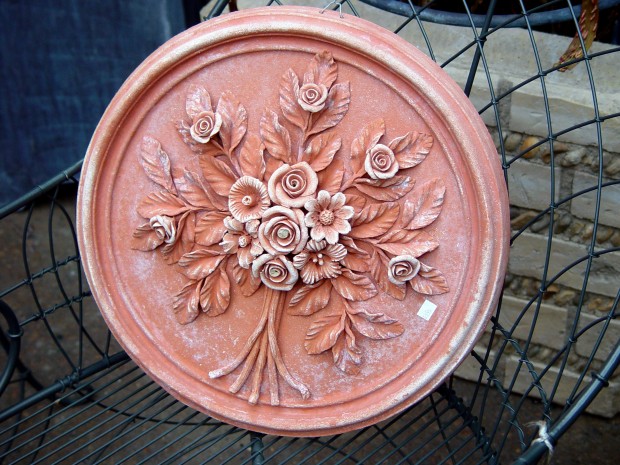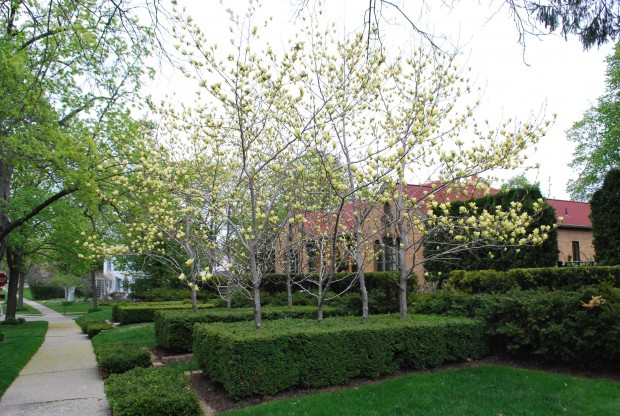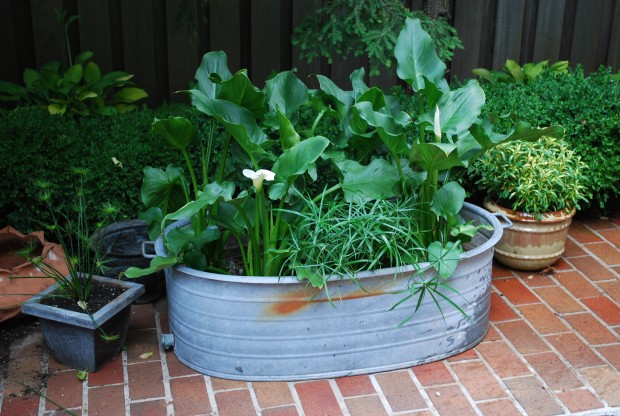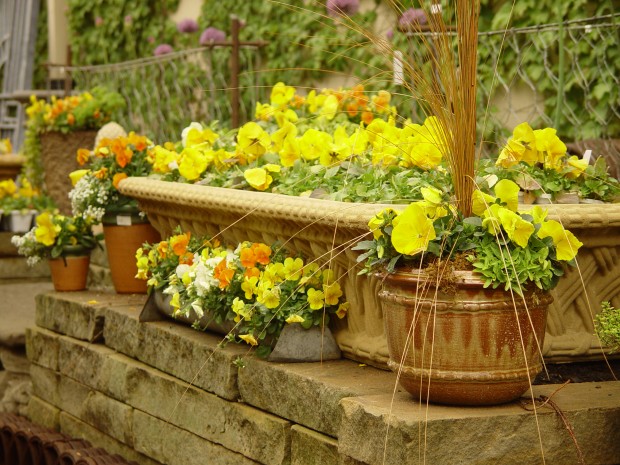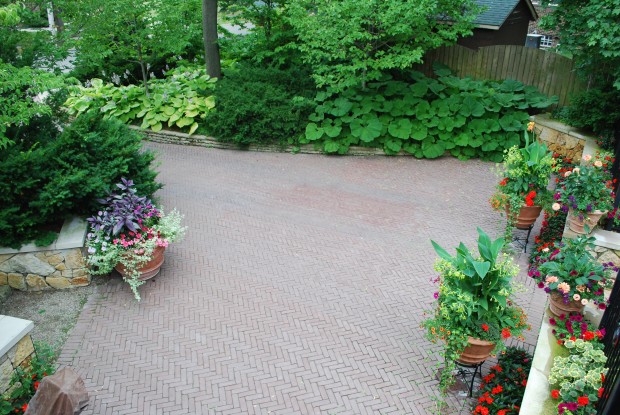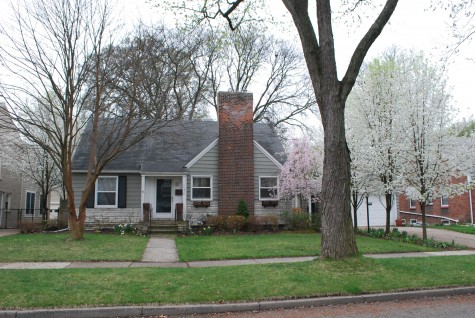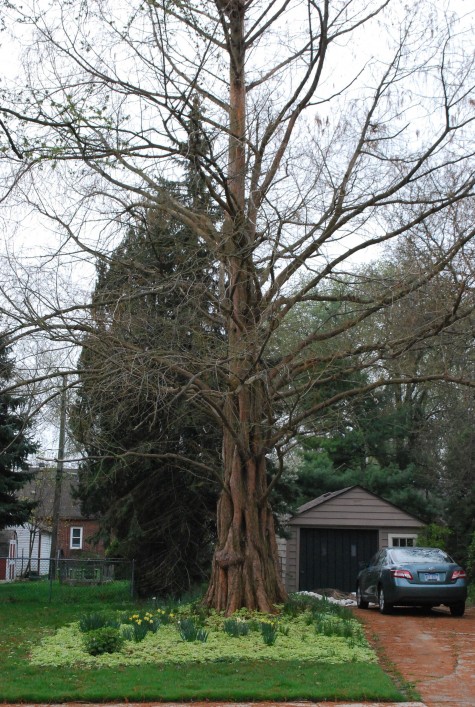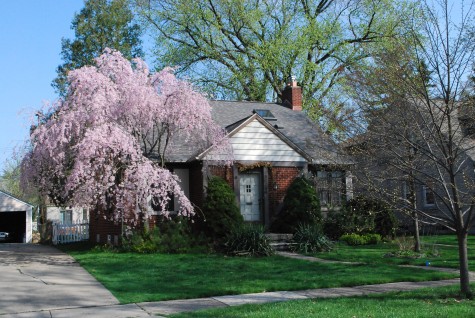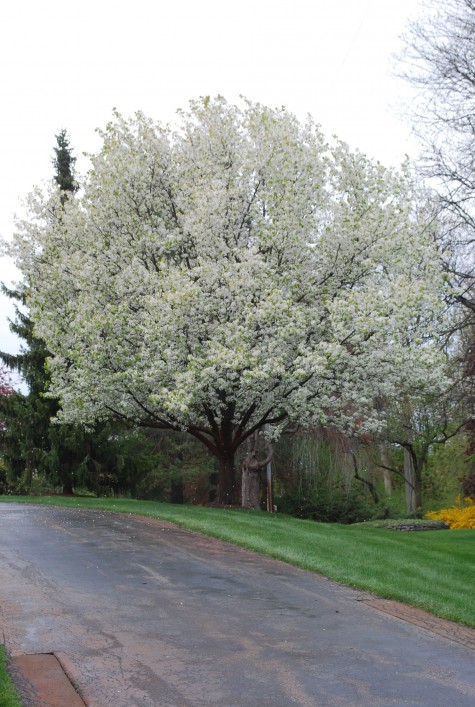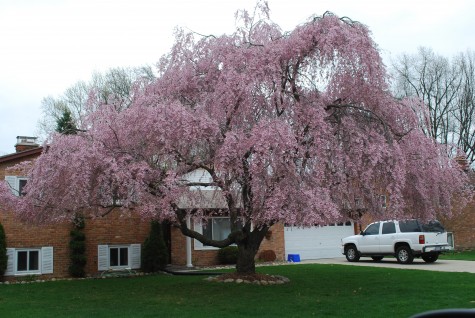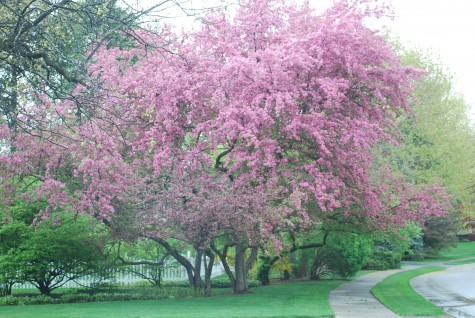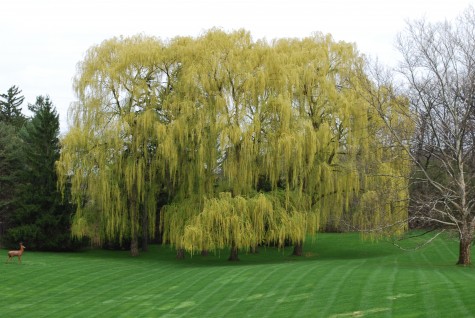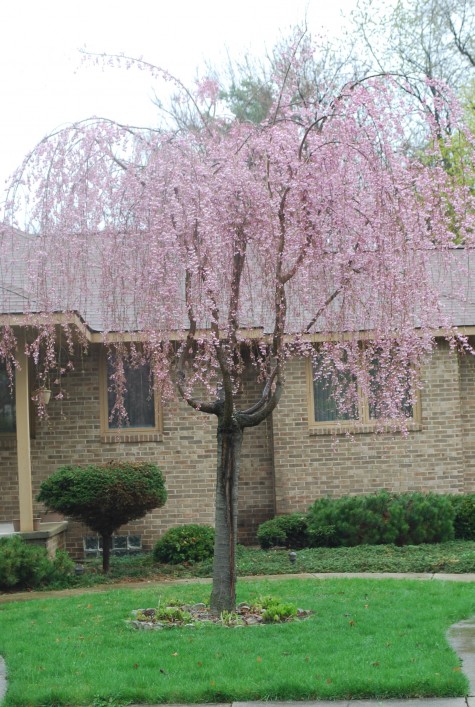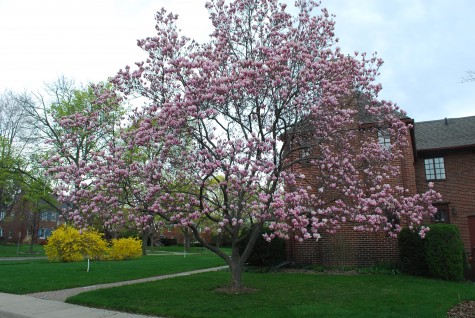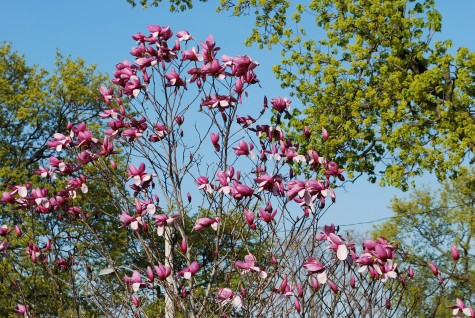An ornament is anything which enhances the appearance of a person, a place, or an object. A gorgeous piece of vintage Miriam Haskell costume jewelry can dress up a simple black dress. Christmas decorations collected over a lifetime ornament a tree, and the family traditions that come with the celebration of a holiday. Hand screened en grisailles wallpaper from Zuber in Paris can supply a room with all the ornament it could ever possibly need. A good friend just opened the door for me on this particular kind of ornamental-thanks, M. The decorative arts spans as many cultures as it does centuries. Early 20th century handmade American quilts ornamented many a bed and bedroom. Hand made furniture, hand embroidered linens, a vase of cut flowers, hand made candles, hats suitable for church on Sunday, letterpress wedding invitations, chandeliers, great shoes-ornament celebrates every aspect of daily life.
Ornamental is a word frequently applied to those trees whose sole function is about beauty. We grow lime, lemon, pecan and avacado trees for the fruit they provide. We grow shade trees in hopes for a cool spot in the garden in the heat of the summer. Some trees are farmed for their wood, their apples, or their rubber. Ornamental trees are cherished for their extraordinarily beautiful leaves, flowers, fruit, bark, shape, or fall color. This group of trees ornament the landscape. The crabapples blooming are the ballerinas of the spring. Those clouds of white, pink and carmine flowers can be breathtaking. There is that spring moment when all the talk is about the crabapples blooming. The magnolias provide strikingly large and architectural flowers and large leaves. Yellow magnolias are unusual, and are ornamental for that reason additional to their lustrous bark, large leaves, and architectural shape.
The dwarf Japanese maples delight the eye with their forms and leaf colors. The standard acer palmatum features beautiful bark, lacy leaves, and a mature size around 25 feet. Princeton Gold maples shower the garden below with lime green in the spring. The white flowers of chionanthus fluttering in a spring breeze-delightful. The kousa dogwood features flowers that bloom late enough to escape our early spring frosts. Old kousas are prized for their exfoliating bark. Witch hazels bloom early enough in my zone that their subtly wispy flowers attract attention. Tree lilacs bloom later in the summer. Flowers overhead-ornamental. The substantive and shiny foliage of hellebores is enough for any gardener to plant them. The early spring flowers thrown in spite of cold weather-they ornament the garden.
Ornament for the garden-I have a big interest. I am not particularly partisan. I like figurative sculpture in the garden. I like French cast iron urns from the 19th century. I like Belgian wood planter boxes. I like English hand carved stone troughs. I like classically shaped and hand made Italian terra cotta pots. I like braided steel cable fencing. Galvanized horse troughs available at the local feed store make great containers for vegetables, or lotuses. I like to see a mix of all of the above, selected by that particular gardener with confidence.
I all but covered this 20′ long table for spring in the shop some years ago. This would not be a table about to host a dinner-where could you possibly put your plate? It is strictly ornamental. Just for the sheer visual joy of it. Memories are made from how every gardener chooses to ornament their gardening life. I remember each and every detail of those gardens that strike a chord with me. I ornament my landscape as if I had a very important garden party looming. Though chances are good I will never host a garden party of any consequence, I like strikingly beautiful landscapes and gardens. When I do my best, I sleep well.
Pots planted with spring flowers are not especially utilitarian. I have never eaten a pansy. But my eyes have feasted on the shapes and colors of spring flowers planted in pots. To say pots such as these enhance the appearance of my garden is an understatement. Buck tells me that organic matters. He is so right. But the manner in which that organic gets delivered matters too. This means the fencing and the gates to the vegetable garden matter, in the visual scheme of things. This means that a gardener with a very small property needs to choose those few ornamental trees which delight them the most. Ornament is so much about the result of the process of choosing.
This is my driveway. I pull up here at the end of every day. What I see first when I get home-ornamental. My idea of ornamental-mine and Buck’s, that is. Our idea of ornamental-that what makes our house and garden truly ours.
